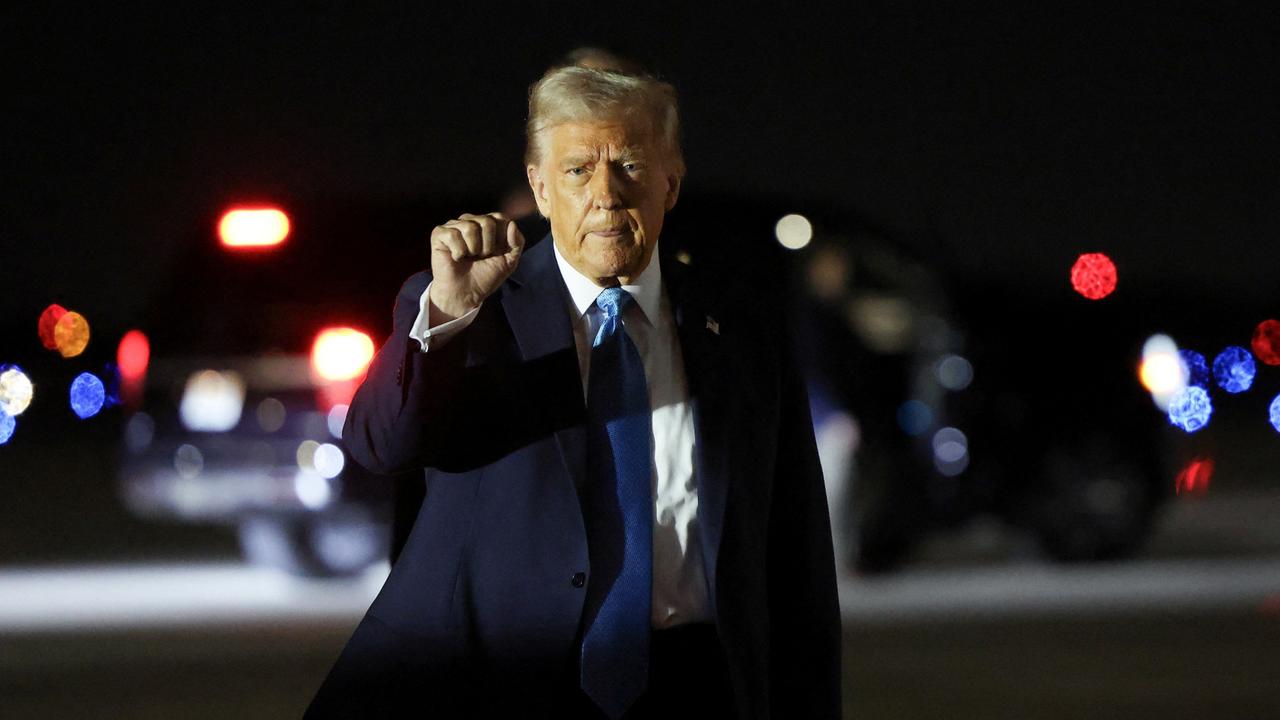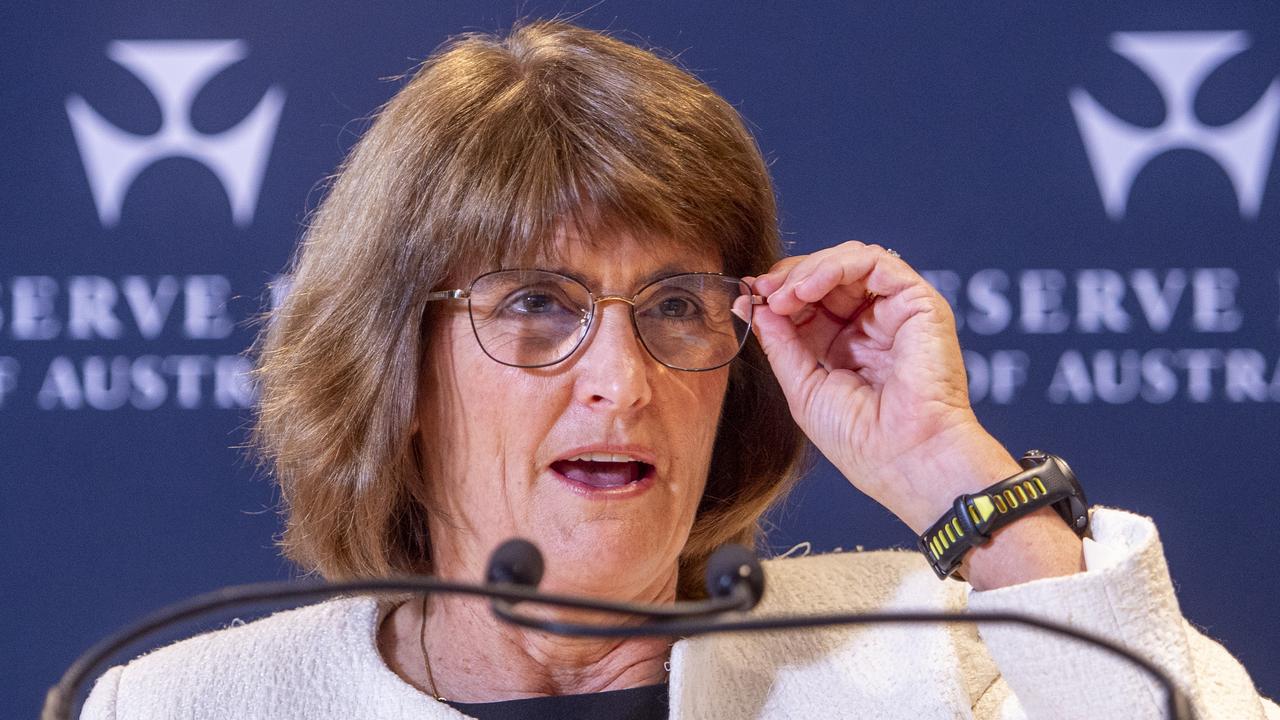NATO’s eastern Europe militaries muscle up as Russia invades Ukraine
European countries bordering Russia or Ukraine have put their troops on high alert and are rapidly expanding their militaries, as war rages.
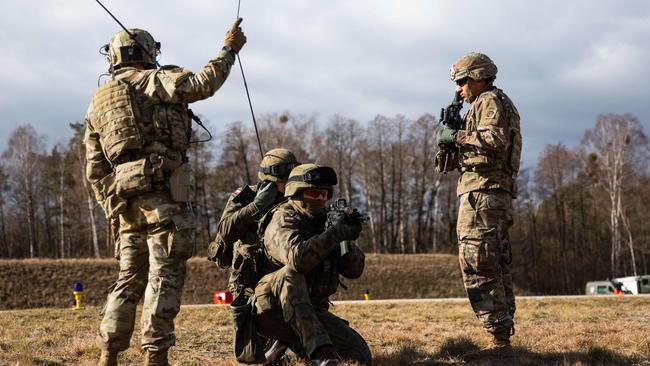
European countries bordering Russia or Ukraine have put their troops on high alert and are rapidly expanding their militaries, as Russia’s invasion of its smaller neighbour becomes a watershed moment for NATO.
Lithuania introduced a state of emergency and reinforced military deployments near its border with Russia, while Poland kept active military personnel on duty and cancelled leaves of absence and rotations home for the foreseeable future.
Defence ministers, intelligence officers and senior politicians from Poland, Lithuania, Latvia and Estonia – all NATO members that border either Russia or Ukraine – say the long build-up to Russia’s invasion of Ukraine has driven them to aggressively ratchet up their military capabilities.
“We don’t want to take chances,” said Latvian Defence Minister Artur Pabriks.
“We never again want to be under the rule of such guys as him and under the Russians – and we will do whatever it takes to keep them out of the country.”
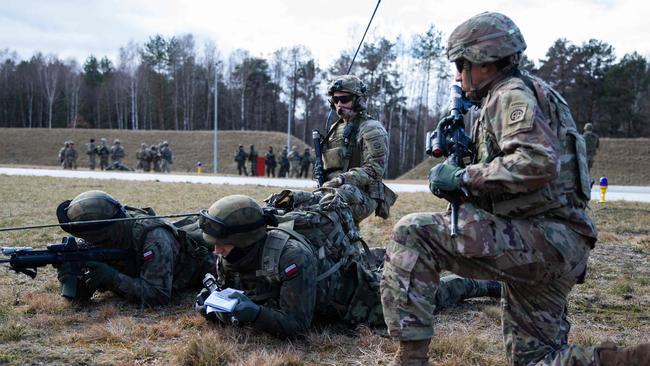
Latvia and its Baltic neighbours called for Russia to be disconnected from the SWIFT global payment system, escalating diplomatic pressure for what US officials have seen as a sanction of last resort.
On Thursday, the first group of 40 US troops arrived in Latvia, to be followed by hundreds more across the Baltic States. Britain is sending tanks and armoured cars to Estonia and doubling its troop deployments there.
At the same time, governments in Poland and Estonia are ramping up their own capabilities to ensure their defences are enough to deter a Russian invasion – or repel one for long enough to allow NATO allies to help them.
The Polish government is seeking to nearly double the head count of the country’s military to 300,000 people, which would make it one of Europe’s largest by troop levels.
That increase began last July when Polish President Andrzej Duda received intelligence reports from the US, later confirmed by Poland’s security services, that Russia – supported by Moscow’s ally, Belarus – was likely to escalate conflicts with neighbouring states in coming months, a senior adviser to Mr Duda said.
Those plans accelerated in the northern autumn when Russian puppet state Belarus encouraged thousands of asylum-seekers, mostly from the Middle East, to cross Poland’s border.
Now Poland is buying 250 Abrams tanks from the US, part of $US6bn of other defence equipment bought from American defence contractors that includes thousands of antitank missiles and other sophisticated weapons systems.
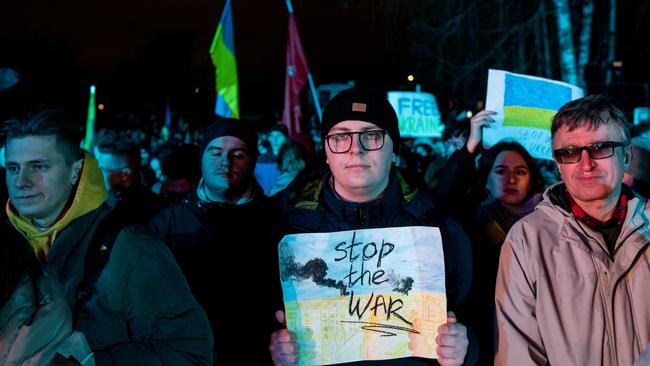
“We saw the signals and we reacted,” the adviser said.
Latvia is negotiating with the US to buy rocket artillery and new air and coastal defence systems. And all three Baltic countries are also increasingly pooling resources to combine capabilities.
Since Russia’s current aggression against Ukraine began, Canada and Germany also ramped up their troop deployments in Latvia, Estonia, and Lithuania.
This week, the US and NATO allies began a weeks-long exercise called Saber Strike across Poland and all three Baltic countries, rehearsing how they would move military columns through the four nations.
Eastern countries are also concerned about Belarus, which is now effectively under Moscow’s control and served as the staging ground for tens of thousands of troops targeted at Ukraine.
NATO has spotted more military personnel and equipment based in Belarus.
Only 80km separate Belarus from Kaliningrad, a Russian exclave stocked with sophisticated Iskander missiles, capable of carrying nuclear warheads.
A thin gap of narrow, two-lane country roads separate Belarus, Russia, Lithuania and Poland.
“Definitely, the big military presence in Belarus is quite challenging for us,” said a senior official in Poland’s security services.
“It’s pretty likely many of those troops will stay in Belarus. It’s a scenario we are taking into consideration.”
The Wall Street Journal

